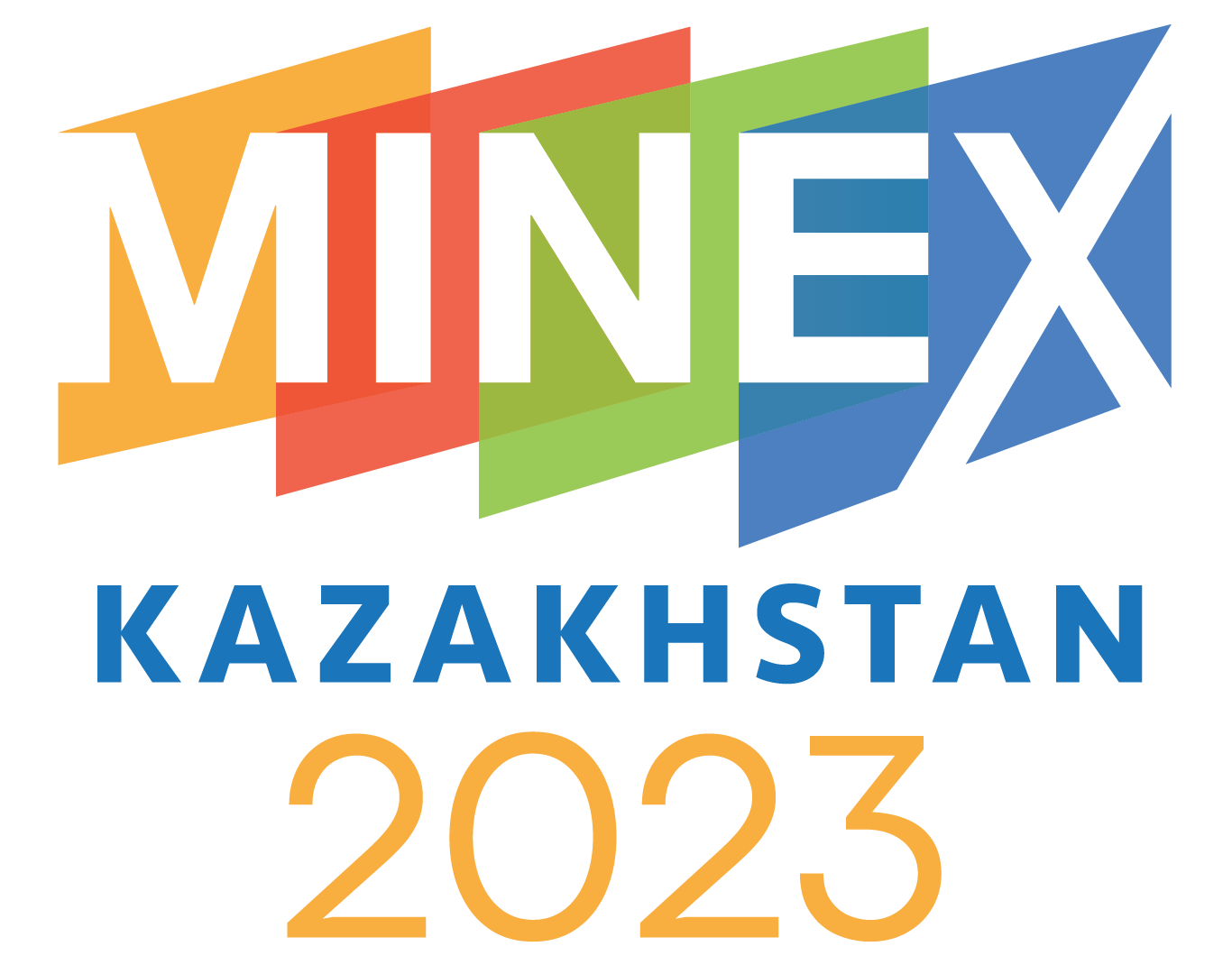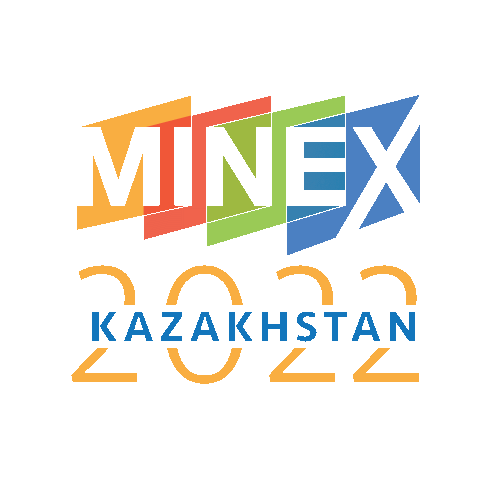
The mining and metallurgical industry are one of the three largest emitters of greenhouse gases. Green transformation, climate management and mining waste management are important for protecting the environment and promoting sustainable development. The transition to carbon neutrality will require huge investments in new products and energy technologies. The stability of the tax burden and the tax environment is an important factor affecting the investment planning and “green” development of Mining companies.
- Review of changes in environmental regulatory requirements in Kazakhstan.
- State incentives to stimulate the “green” transformation of the mining industry and the transition to carbon neutrality in Kazakhstan.
- Establishing transparency and sustainability of supply as key principles of the “green economy”.
- Experience in implementing ESG principles in the mining industry.
- Identification of potential opportunities and evaluation of the effectiveness of decarbonisation technologies in the mining industry.
- Creation of renewable energy sources for mining.
- Use of CO2 monitoring and capture technologies at mining and metallurgical enterprises.
- Projects aimed at decarbonisation of production – successful experiences.
- Transition to a circular economy to improve the management of resources, materials and waste.
- Experiences in introducing new standards for land reclamation and post-mining reconciliation.
- Development of the market for carbon units (VCM).

Large foreign businesses contribute a third of all taxes in Kazakhstan. In 2021, tax revenues to the state budget increased by 25%, with the extractive industries experiencing the highest growth due to rising prices in global commodity markets. However, despite an inflow of 11.7% foreign investment in the mining industry in 2022, growth in the sector decreased.
- Overview of Kazakhstan’s place in global mineral resource production. Current trends, challenges, and opportunities
- Analysis of production and economic indicators in the mining industry of Kazakhstan for 2022.
- Discussion of priorities and strategies to ensure growth and attract investment in the sector.
- Examination of new approaches and practices in the management of subsoil use in Kazakhstan.
- Analysis of recent amendments to the Code of the Republic of Kazakhstan “On Subsoil and Subsoil Use”.
- Discussion of changes in the taxation of the mining sector in Kazakhstan.
- Examination of programs for socio-economic development in areas with a high concentration of mining production.
- Opportunities for new market development and the creation of new industries in the manufacturing sector in Kazakhstan.

Kazakhstan is among the top ten leading countries in the world in terms of confirmed reserves of most types of minerals. To increase the competitiveness of the Mining and Metals sector in the coming years, measures will be taken to replenish the mineral resource base, simplify and automate business processes on a single platform of subsoil users, and deepen the processing of base metals to finished products.
- The National Program for the intensification of the state geological study of priority minerals.
- Plans of the National Geological Survey to reduce investment risks and carry out work at an early stage.
- Utilize new tools to attract investment in geological exploration.
- New incentive for investment in geological exploration.
- Increasing the economic attractiveness of mineral deposits offered to investors.
- Completion of the transition to international reporting standards for resources and reserves of metals and minerals.
- Creation of a “transparent” information system to simplify investors’ access to geological information.
- Protection of the rights of geological discoverers and simplifying the transition to the production phase.
- State-initiated audit of subsoil use licenses aimed at creating transparent and fair market conditions for investors.
- Introduction of space monitoring of the activities of subsoil users.

Kazakhstan, like other transit economies, faces unique opportunities in the digital economy. This will require a transformation in how businesses work to use digital technologies and data to create value. This also opens up opportunities for digital transformation through the use of new digital platforms and the application of business models to optimise the functioning of the various sectors of the economy and the allocation of resources.
- Technological solutions of industrial automation and digitalisation to optimise production processes.
- Digital projects in the mining industry: verification, visualization, automation of management; development of an automated system of technical service and repairs; geomechanical modelling of deposits; creation of 3D models of the infrastructure assets, etc.
- Use of Digital predictive technology to prevent failures and maintain repairs.
- Software and computer-based models for forecasting and designing blasting operations in quarries.
- A digital twin of mine transport systems.
- The digital twin of the mining and processing enterprise.
- Unified automated control systems for the mining and transport complex.

The key challenge facing Kazakhstan is the low reproduction of reserves. To accelerate the development of geological science and provide raw materials to the manufacturing industry in Kazakhstan, the National Geological Service was created and the National Geological Strategy for 2023-2027 was adopted by the Government. To facilitate access to geological information, an interdepartmental information system “KAZNEDRA” is being created. To address the issues and improve exploration efficiency the Industry will implement advanced information and digital technologies.
- New models of industry management based on the seamless movement of machine-readable data from the stages of exploration to production and processing.
- Development of a single interdepartmental platform for subsoil use “Kaznedra”.
- Creation and digitalisation of mineral core storage facilities.
- Digital mapping of geological structures in Kazakhstan.
- Using artificial intelligence (AI) to enhance the prediction and analysis of mineral resources.
- Improvement of remote sensing and GIS-based mapping techniques.
- Using machine learning algorithms to predict geological formations.
- Integration of geophysical data with satellite imagery to improve survey accuracy.
- Application of artificial intelligence technologies and drones to obtain images and data in hard-to-reach regions.
- The use of digital technologies in the analysis and implementation of investment projects.

Given the vast areas of Kazakhstan, the effectiveness of geological forecasting and exploration largely depends on the use of advanced technologies, comprehensive analysis and the high competence of specialists. In Kazakhstan, a course has been taken to modernise the geological industry using innovative exploration methods. Modernisation of the industry is critically important for improving the quality of valuation of prospective areas and determining the best methods for their development and production.
- Modernisation of industry practices to improve the quality of mine valuation.
- Development of technologies that allow real-time collection, processing and analysis of geological survey data.
- Automation of routine manual work to improve quality and speed up processes.
- Creation of continuous chains from the digital core, geological research data, seismic exploration, and regional and basin modelling to digital geological models.
- Automating updates of geological models based on constantly incoming new data.
- Application of Big Data and Data Mining technologies to improve the accuracy of planning and the speed of decision-making.
- Improving the quality of field assessment and determining the best methods for their development and operation.
- Computer simulation of drilling and blasting parameters to increase the profitability of production.

Critical materials – chromium, copper, germanium, lithium and others – are essential building blocks for renewable energy technologies such as solar panels, wind turbines and batteries. In terms of potential in mining and exporting critical raw materials, Kazakhstan ranks fourth worldwide, while in aluminium it is among the top 10. Stimulated by global demand for international investment and technologies, Kazakhstan is poised to become a strategic supplier of battery metals and other critical materials to the Global markets.
- The new role of Kazakhstan in the EU “Green Deal” as a new strategic supplier of strategic raw materials and green hydrogen.
- Prospects for the discovery of new deposits of strategic metals and minerals in Kazakhstan.
- The potential for the development of large-scale production of cobalt, nickel, lithium, and other metals for the “green economy”.
- Modernisation and Development of the Mining and Metallurgical Industry in Kazakhstan: New opportunities, incentives, and challenges.
- Green Production and Energy: Development of environmentally friendly processes.
- Resource Efficiency: Maximizing material use while increasing ore and metal extraction.

The mining and processing industries in Kazakhstan are facing the challenge of depletion of reserves due to intensive mining. With only a small portion of the ores and metals mined in Kazakhstan being processed, diversifying production is essential for long-term economic and social progress. The combination of foreign investment and advanced technology will play a significant role in this success. In 2023, 149 investment projects are planned to be put in place, with the most notable projects focusing on the modernisation of mining production and the implementation of integrated socio-economic development programs in mining cities and regions.
- Experience and strategies of large mining companies in the development of economically valuable reserves of metals and minerals.
- New requirements for the provision of raw materials to processing industries in Kazakhstan.
- Improving the efficiency of geological study of the subsoil and replenishing the mineral resource base.
- Prospects for the development of junior mining projects to enhance the reproduction of mineral resources.
- Current practices of financing junior projects.

